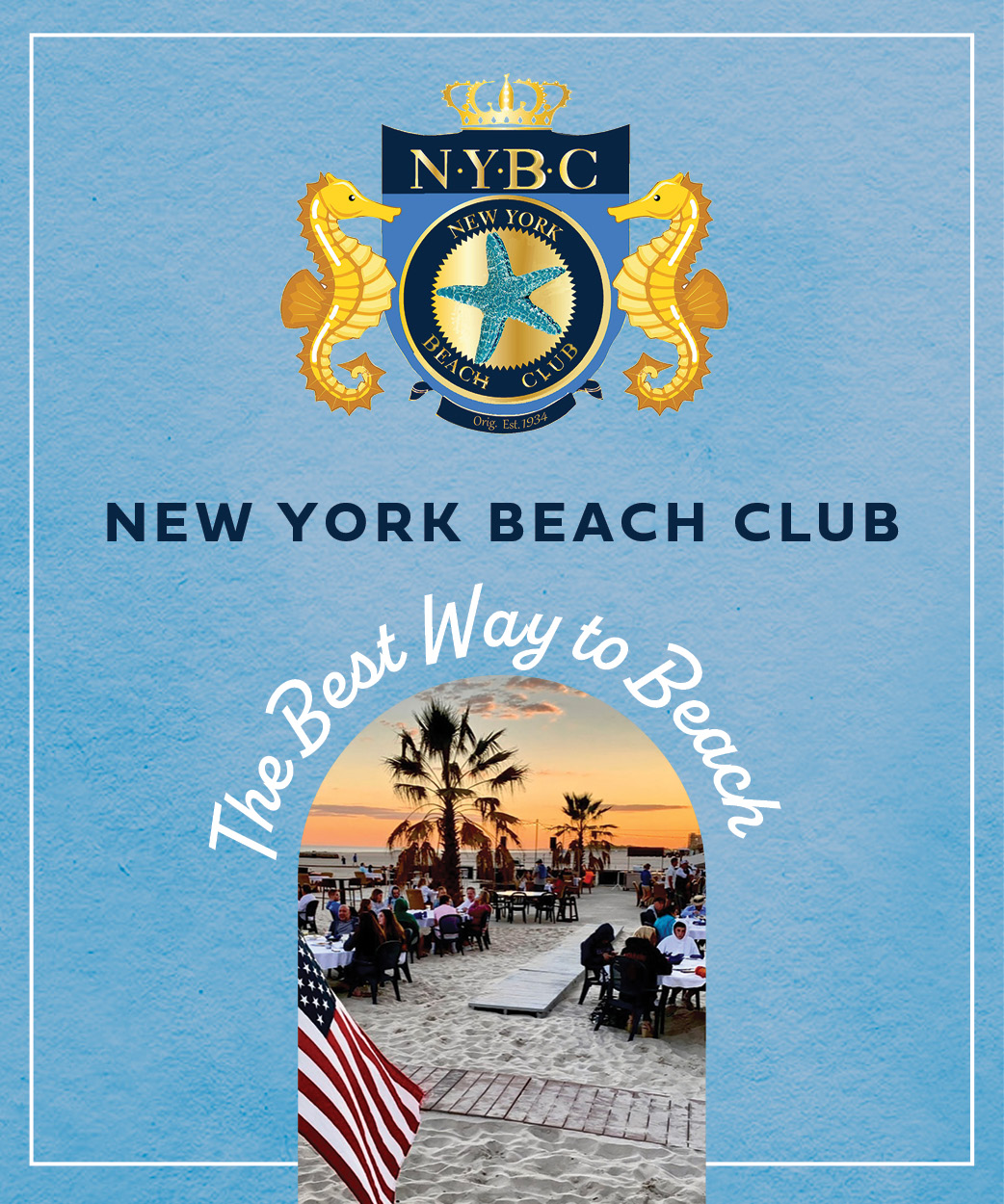—From Cebu to Bohol, we break down our top destinations and resorts around the archipelagic nation.
The islands of the Philippines have inspired many a captivating daydream—images of small, gentle waves breaking on white sand and an infinite blue sky unveiling a promising horizon quickly flood the mind’s eye. That visual photograph, more specifically Palawan—a province which has garnered praise of epic proportions—is synonymous with bucket lists everywhere. So when mapping out our own course, we decided to key in on four specific regions: Bohol, Cebu, Manila and Boracay.
There are literally thousands of islands, 7,641 to be exact, so having a fixed route (and return flight) is the most ideal way to ensure your travel plans don’t go into a tailspin. Likewise, overplanning can also have a negative effect—late ferries and unexpected weather changes can prove a worthy nemesis for a tightly ordered itinerary. The idea is to be prepared, but remember to go with the flow. Just as the Philippines is a nation fueled by established adventure, it’s also one of happenstance—filled with surprise journeys which are often the ones that have the greatest lasting impact.
Bohol
Still known to some locals as the Republic of Bohol—in honor of its short-lived independence in the 1800s—Bohol is part of the Philippines’ Central Visayas, consisting of one large island and over 75 other minor surrounding islands. In Bohol, diversity is the name of the game as there are a wide variety of attractions (and landscapes) including everything from symmetric hills to flat, white sand beaches—pairing perfectly with the local laid back vibe.
Time spent in Bohol is time spent closer to nature; you can find yourself discovering a hidden waterfall one minute, and be face-to-face with otherworldly wildlife the next. Bohol is home to the tarsiers, cute bug-eyed monkeys measuring only about six inches long; and should you find your way to their sanctuary, be sure to keep your voice down. The island’s main attraction though, are the Chocolate Hills—a geological phenomenon consisting of over 1,000 limestone formations which appear as a chocolate brown when their grassy coverings dwindle. One of the best ways to get a sense of the province’s scope is via kayak down the jungle-filled Loboc River.
Where to Stay:
Amorita Resort
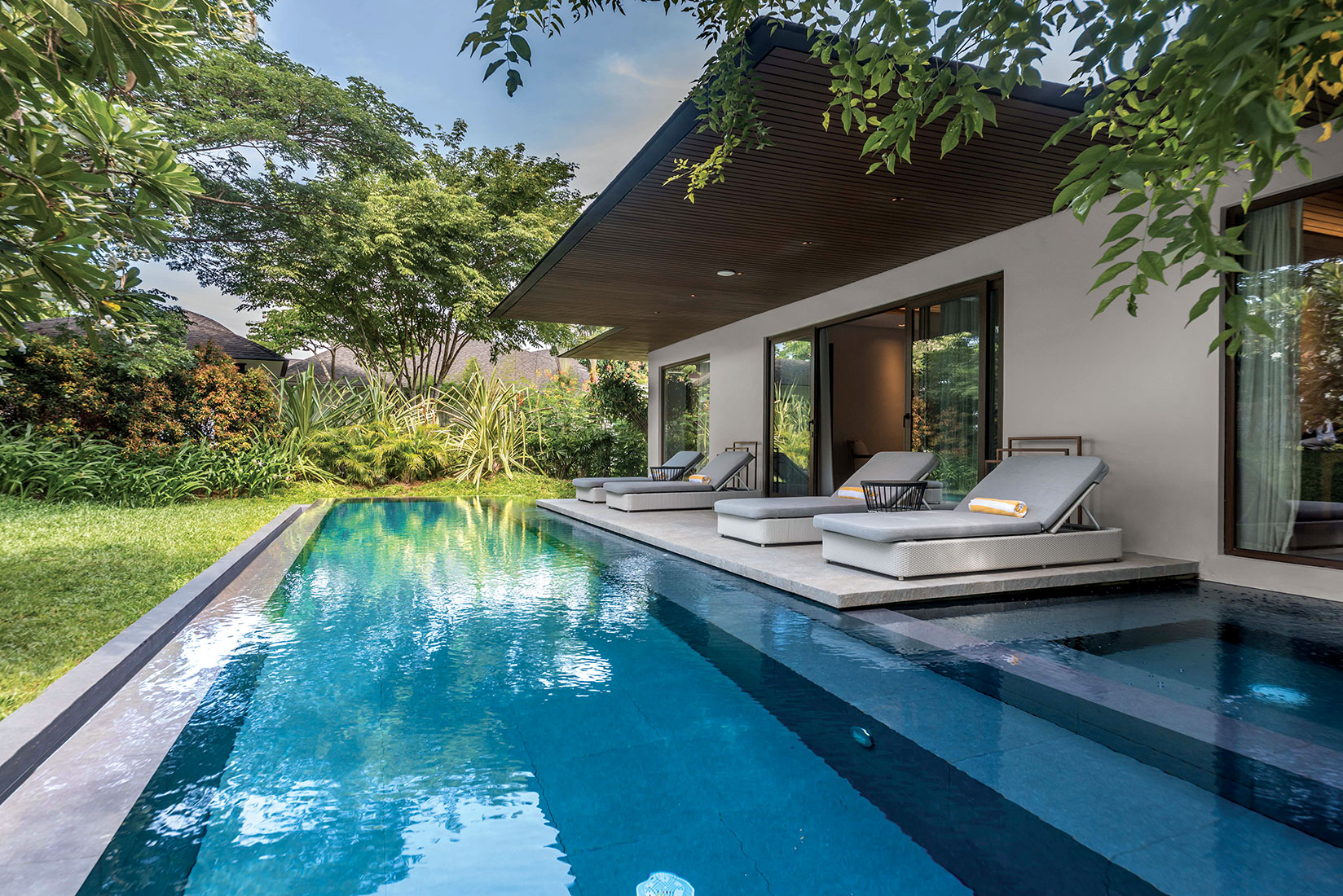
You don’t need an undersized, overwater bungalow to enjoy the Philippines, especially not in Bohol. Those rooms have their place, but the centuries-old appeal of this archipelagic nation has never needed to lean on gimmicky accommodations (and if we’re being real, it doesn’t need anything). Still, there’s something to be said for a luxury property nestled in some exotic, faraway land—one that seamlessly takes care of your every need, providing the perfect launchpad for excursion.
When you land in Bohol, you’ll find yourself at the province’s southernmost tip on Panglao Island (where you’ll notice the vast majority of the area’s hotels). After taking stock of all the island’s best places to hang your hat, we identified Amorita Resort as one of the top places to stay when exploring the majestic province. For one, the hotel is situated on a small limestone cliff right beside Alona Beach, providing the quintessential beachside view. The 98-room resort includes two infinity pools, three dining options, an in-house PADI dive center and a full-service spa and gym. There’s more to Amorita than amenities, though, the staff for instance make the trip truly unforgettable (they’re always eager to make transfers and such as smooth as can be). Echoing why the Philippines has some of the friendliest people in the world, Amorita’s boutique feel leaves one with serene memories of tropical solace.
Cebu
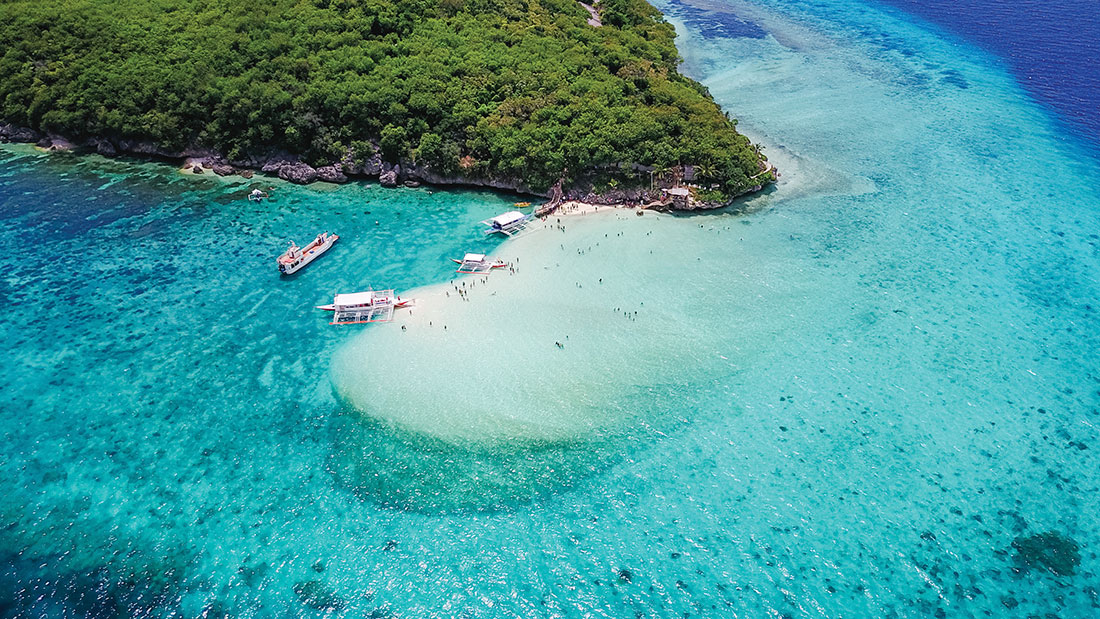
Just due west of Bohol (and easily reachable by ferry) is Cebu, made up of Cebu Island and some 150 smaller islands. Just as diverse as other top destinations in the Philippines, you’ll find yourself doing anything from swimming with whale sharks near Oslob to exploring the province’s historic landmarks hinting at its Spanish colonial past in Cebu City. Also part of the Visayas—and considered by many to be its central hub—Cebu is one of the more densely populated islands (seeing over two million visitors per year). That’s not to say, though, that you can’t avoid a crowd—quite the contrary.
Like Bohol, the prosperous province of Cebu offers a great mix of on and off-the-beaten-path activities. For one, you can make your way to Badian, ideal for canyoneering and hidden waterfalls (Kawasan, Cambugahay and Tumalog to be specific), but you’ll also explore popular beaches like Saladoong and more clandestined locations like Malapascua Island. It isn’t far flung to say that a typical day in Cebu could begin with a lush, secluded escape and end with newfound friends in a lively bar in Cebu City.
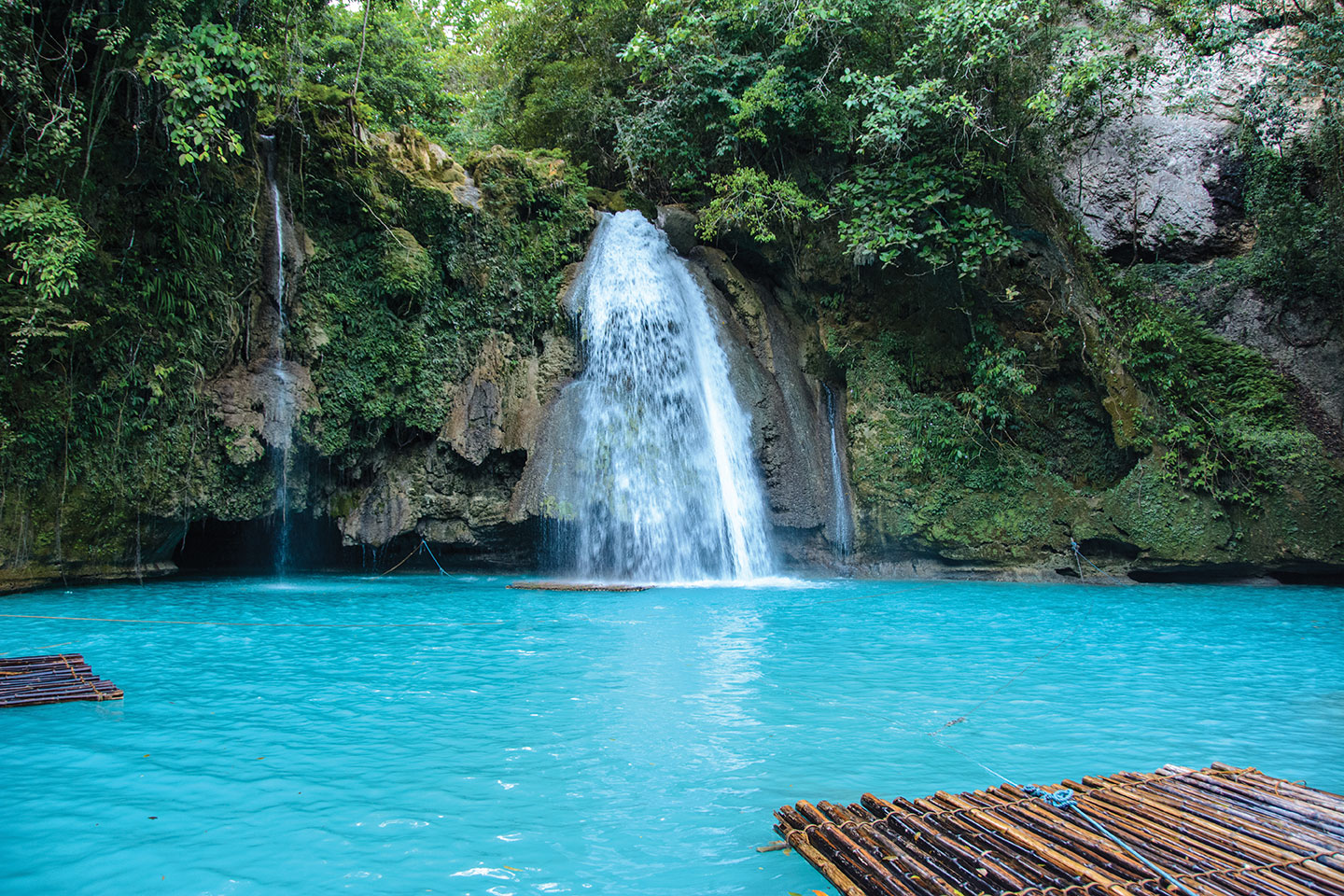
Where to Stay:
Shangri-La Mactan Resort & Spa
Cebu’s Shangri-La Mactan Resort & Spa has a larger feel with seven dining options and endless nooks to lounge for the weary adventurer. Located just off mainland Cebu on Mactan Island—20 minutes from the airport—the hotel is perfect for families and solo travelers alike. Its location acts much like Cebu City—a central hub and jumping-off point for exploration. The hotel itself is entrenched in a lush tropical garden just beside the island’s northeastern shores. There are no shortage of activities here even before venturing out and exploring the province—whether it’s snorkeling, kayaking, parasailing or windsurfing, is up to you. While there’s much to do in Cebu besides spending your time poolside, Shangri-La Mactan Resort & Spa proves optimal when exploring this massively fragmented region.
Manila
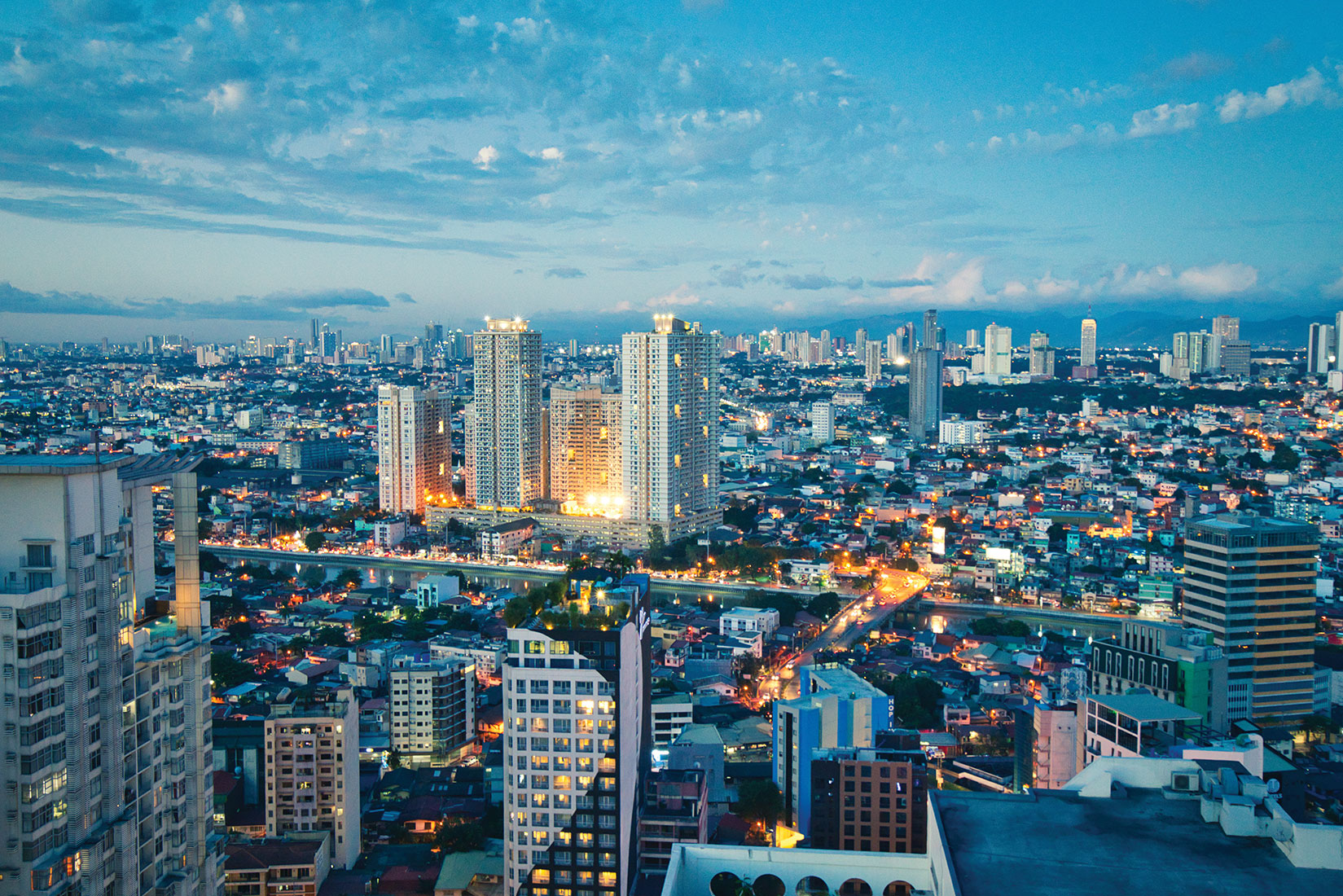
Located in Luzon, the most densely populated island in the Philippines, Manila attracts everyone from bucketlist travelers to families alike. The nation’s capital is full of calls back to its storied past fused with elements of a modern city—influences of Spanish colonial architecture and sleek skyscrapers share the landscape. Aptly known as the “Pearl of the Orient”—a moniker sometimes also referencing Saigon—it is synonymous with attracting natural beauty and rich biodiversity. Flourishing in beautiful chaos, the thriving metropolis beats like the heart of a giant, and to know it will take more than one visit. So whether you discover the city’s gastronomy like a true local (and the late, great Anthony Bourdain) or rent a bamboo bike like the ultimate tourist, the impenetrable bayside city quickly dispels much of the negativity spoken about it in years past except for, perhaps, the traffic.
Where to Stay:
Shangri-La at the Fort
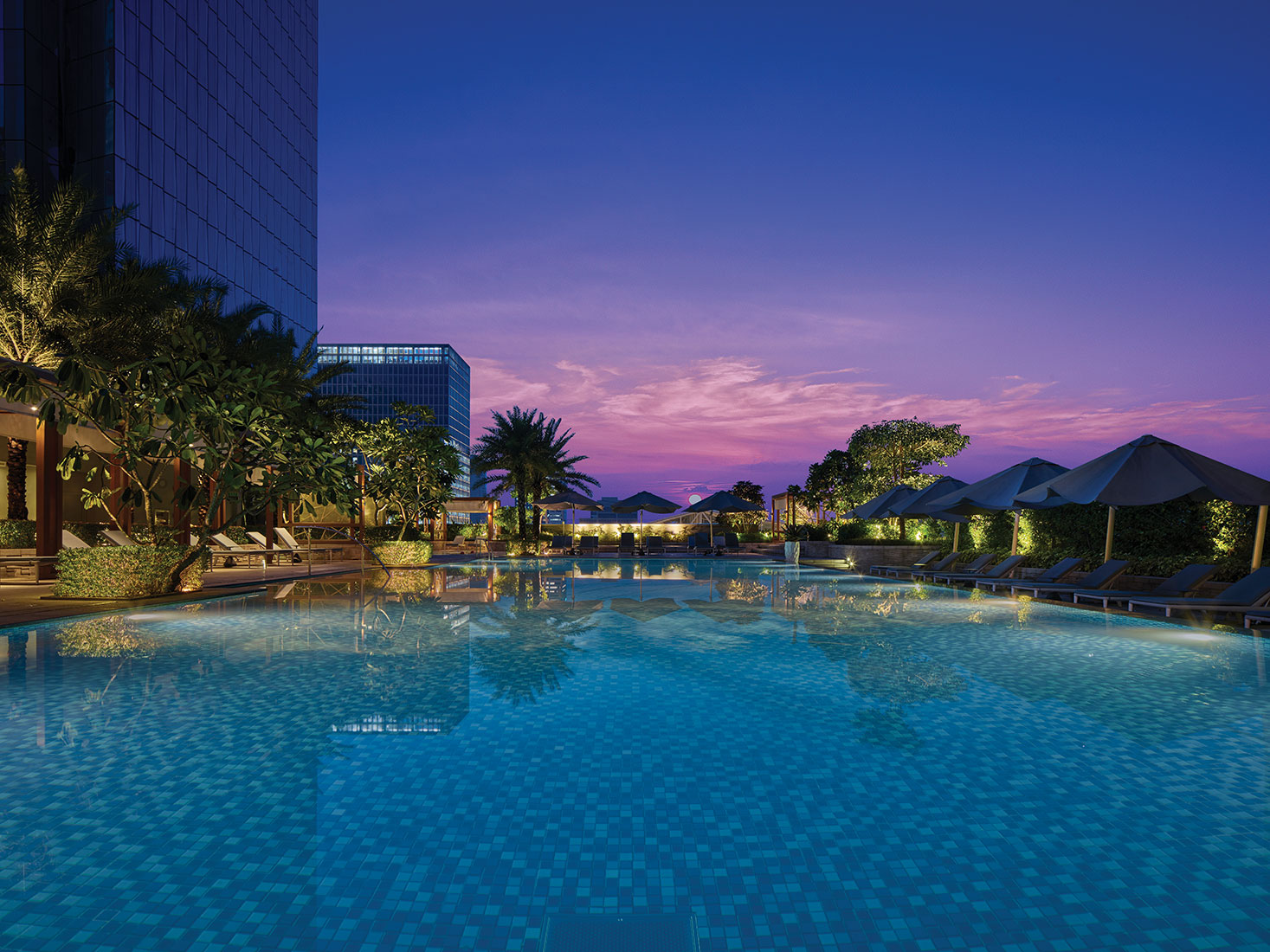
Escaping the urban fray of Manila is essential, especially for first-time visitors. The city’s larger metropolitan area is huge. While it can certainly intimidate even the most accomplished travelers, you’ll be glad for choosing proper accommodations like Shangri-La at the Fort, the crown jewel of three Shangri-La locations in the city. Set in the heart of the bustling metropolis that is Manila, Shangri-La at the Fort is a breath of peaceful luxury amidst the confusion of the city. From sweeping skyline views (120 feet high), the hotel boasts a commanding presence over its quarter of Manila, one which is a nod to its surrounding contemporary culture—upscale retail, high-rises and, of course, lush grounds in between. With a lot of new construction inside and out, the property and its charming staff create an idyllic environment. 576 rooms and suites make Shangri-La at the Fort a formidable landmark, but the hotel has earned a reputation as a perfect launchpad for becoming acquainted with the city.
Boracay
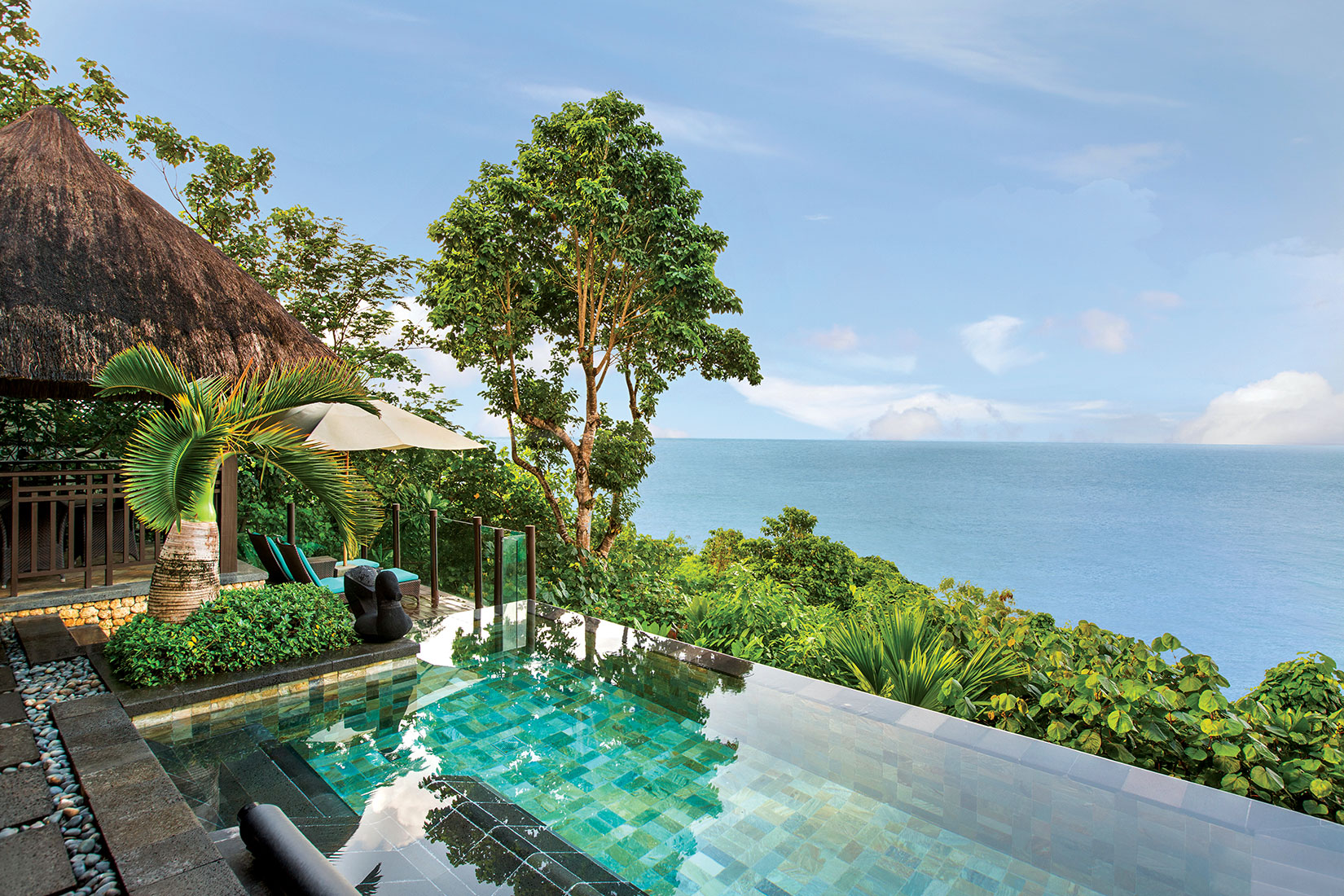
Boracay is the pinnacle of relaxation in the Philippines. In recent years, it earned a bad name for being a particularly overt party island—one which left its pristine beaches the victim of its festive hangovers. But those days are gone. Boracay has done a complete (government mandated) 360. Following a six-month island rehabilitation—in which the island was completely closed off to tourists—Boracay was restored to its former glory. For reasons just explained, Boracay has often lived in the shadow of other Philippine destinations, but looking into the eye of this previously infamous island, one can see true natural beauty—the epitome of paradise. From island hopping and cliff jumping, to pub crawls and palm tree-backed white sand beaches, Boracay has officially made it back on the must-visit list.
Where to Stay:
Shangri-La Boracay Resort & Spa
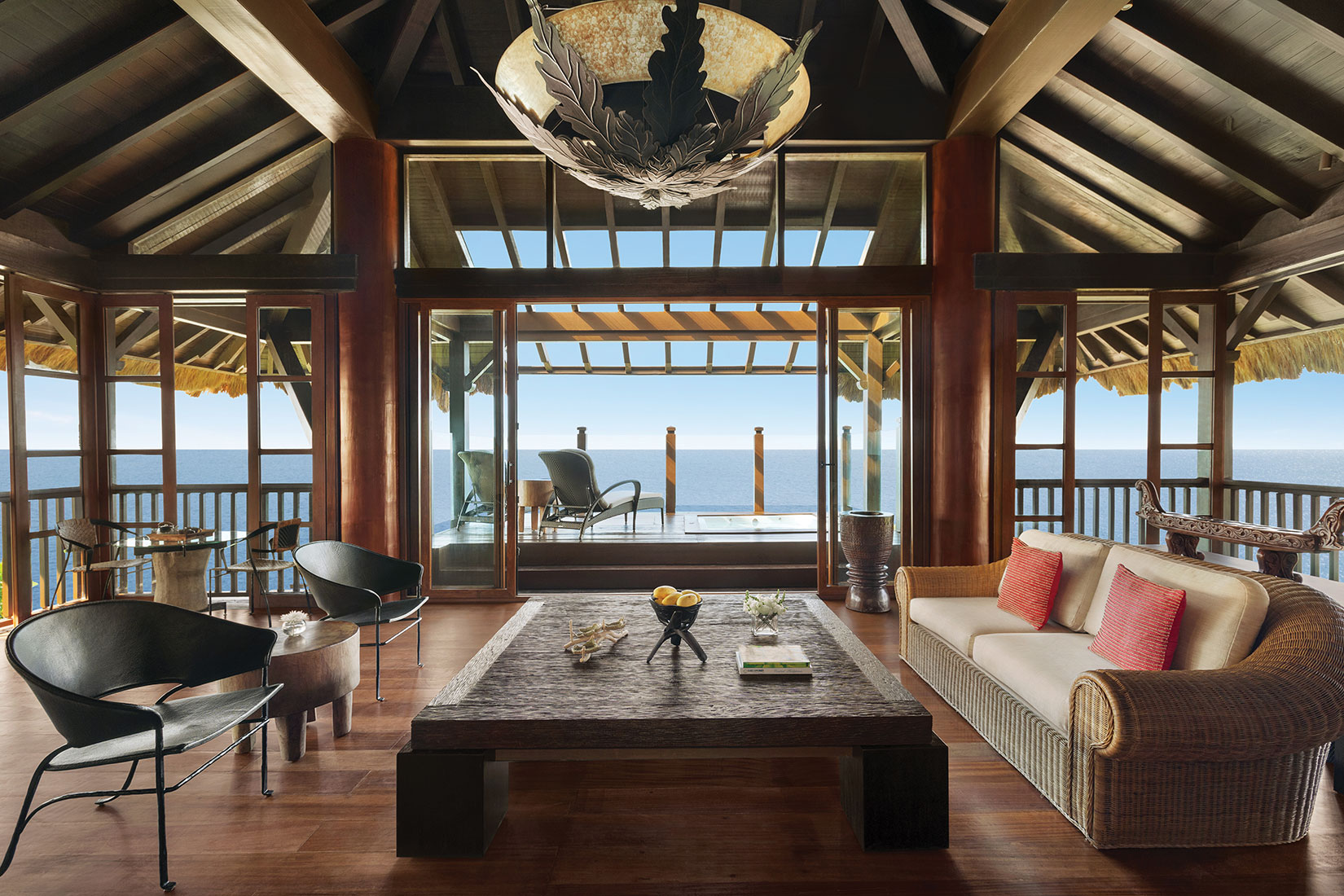
A property equally as lust-worthy as its location, Shangri-La Boracay Resort & Spa is a tropical paradise all its own. From the minute you arrive on the shores of Boracay—likely by way of the resort’s own private speedboat—you’ll be whisked away to a resort rivaled only by fanstical daydreams and postcards. Here, as the resort likes to say, “nature, is the only companion” and they’re not wrong. The oceanfront resort exudes seclusion—accented by lush gardens, abaca weave rugs and a vibrant open-air concept. Without a doubt the best accommodations Boracay has to offer, Shangri-La Boracay does more than simply provide luxury appeal (and it does that well). It creates a mood—an ambience transcending even the environment in which it was created. With days marked by gentle waves crashing beneath the monkeys in the trees, and nights filled with savory dinners in the treetops, this tranquil seaside retreat is the only way to experience tiny Boracay and everything it offers.
MORE Lifestyle STORIES
Get an inside vue on the latest in luxury. You heard it here first.




